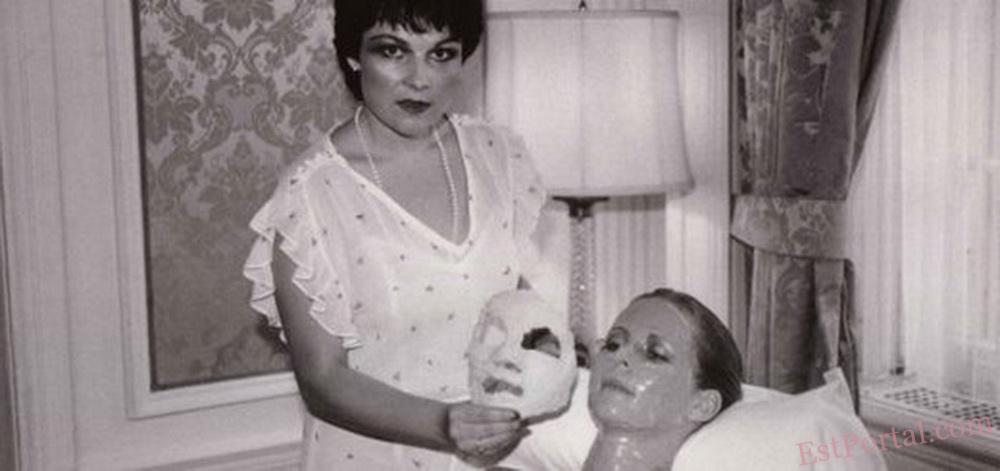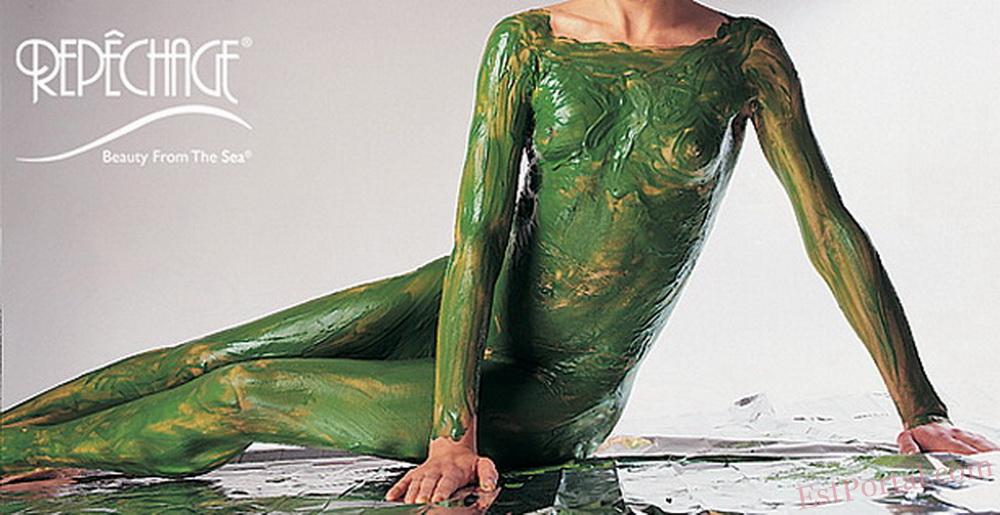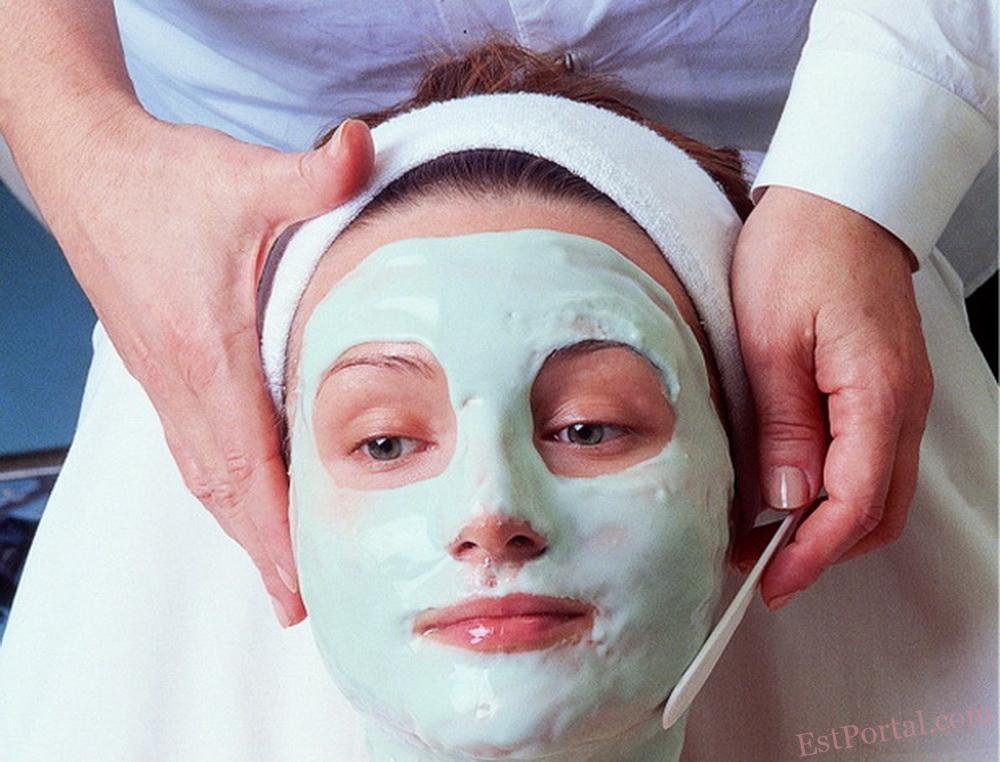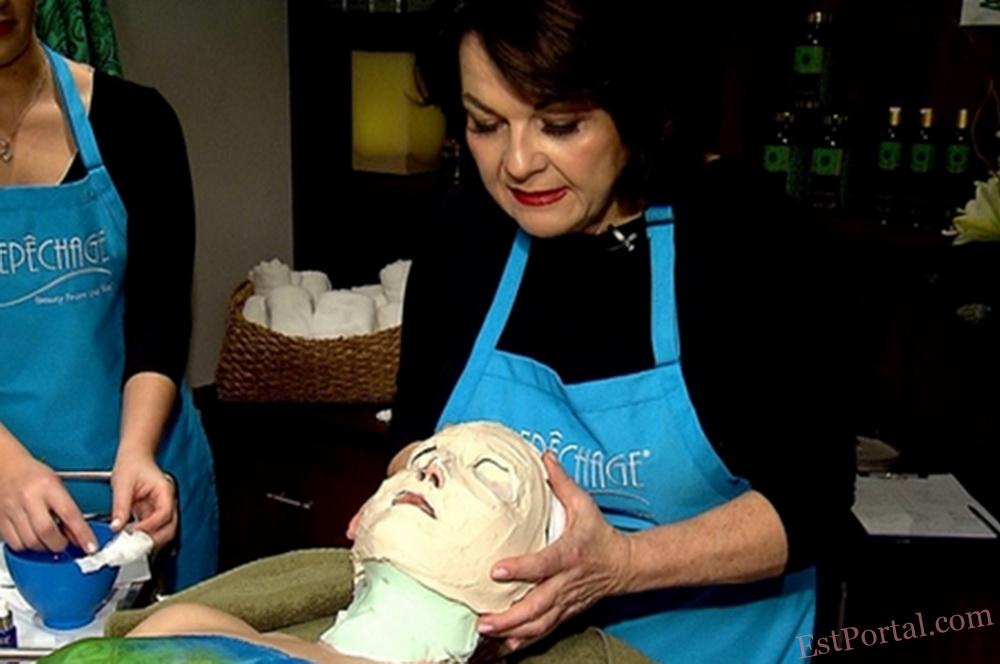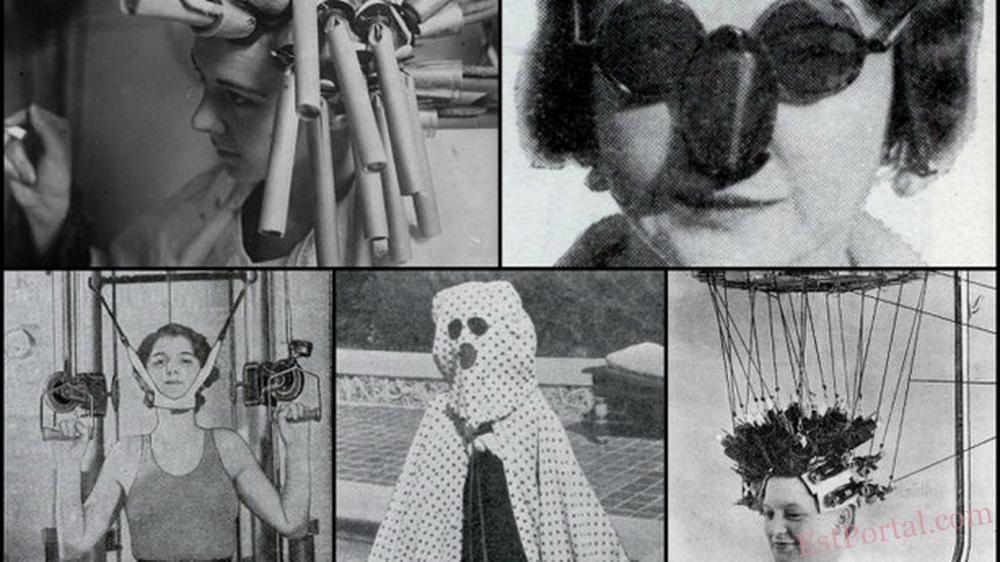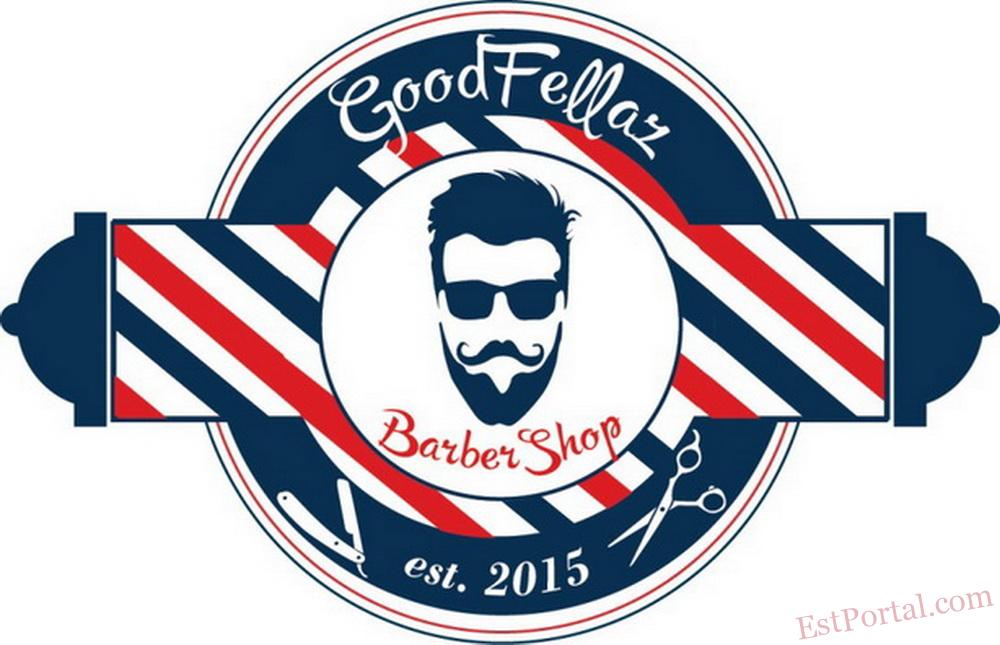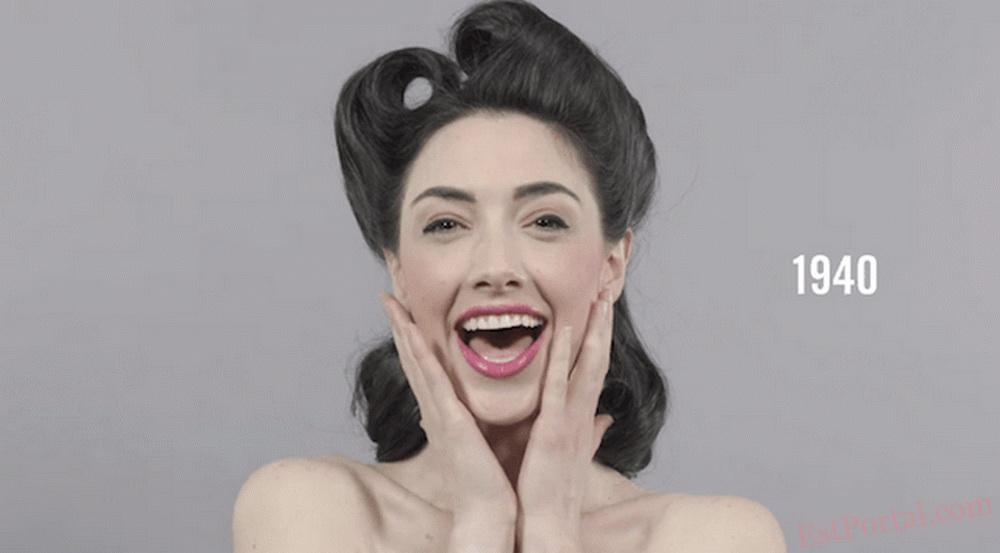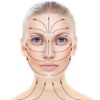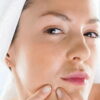
Лідія Сарфаті та її історія успіху. Найкраща процедура століття
Лідія Сарфаті є засновницею та генеральною директоркою Repêchage — першої компанії, яка вивела на американський ринок косметичні засоби та процедури для догляду за шкірою на основі морських водоростей. Пані Сарфаті є міжнародною лідеркою галузі та авторкою всесвітньо відомої процедури Four Layer Facial, яку британський журнал Cosmopolitan назвав «найкращою процедурою століття».
Сьогодні разом із чоловіком Девідом Сарфаті – співзасновником і виконавчим директором – вони керують підприємством із виробництва косметичних засобів, займаються дослідженнями, розвитком і навчанням у місті Секокус (Нью-Джерсі). Усі професійні продукти та процедури Repêchage базуються на натуральних компонентах, виробляються у США та продаються у 40 країнах світу.
Лідія народилася в Польщі, у місті Легниця. Її мати була заарештована в Росії та відправлена до трудового табору в Німеччину. Її батько, родом із Польщі, пережив Голокост. Наприкінці 60-х років, коли в Польщі знову почалися прояви антисемітизму, родина Лідії була змушена втекти. Спочатку їм вдалося виїхати до Італії, але зрештою вони оселилися в Сполучених Штатах. Лідія Сарфаті почала кар’єру косметологині й стала новаторкою у сфері SPA-послуг. Вона створила концепцію Facial Bar, яка дає салонам змогу використовувати експрес-процедури для обличчя з миттєвим видимим ефектом.
Її процедури догляду за шкірою використовуються найкращими косметологами світу та викладаються у понад 200 школах у США й по всьому світу. Лідія Сарфаті є засновницею та головою EMDA (Асоціації виробників і дистриб’юторів косметичних продуктів), виконує обов’язки віцепрезидентки Американської асоціації краси, головує в Esthetics America/CIDESCO США та входить до керівництва низки організацій у сфері косметології. В інтерв’ю пані Сарфаті розповість про свій шлях до успіху, історію створення бізнесу, інновації в косметології, а також поділиться життєвим досвідом як працююча мама двох доньок.
Зараз це важко уявити, але на початку 1970-х років SPA-індустрії в США ще не існувало як такої. Концепцію SPA, косметології та естетичної медицини, як і багато іншого у «плавильному котлі» США, створили здебільшого іммігранти, ділячись своїми традиціями та культурою. Одним із «піонерів» SPA-індустрії була молода жінка з Легниці, що в Польщі, яка емігрувала до США в 1970 році з мріями про красу. А мрії народилися значно раніше… на кухні її матері. Ця жінка – Лідія Сарфаті, яка через кілька десятиліть після початку своєї кар’єри у 1971 році стала педагогом, матір’ю, SPA-підприємницею, авторкою книг і статей, спікеркою, засновницею та генеральною директоркою власної лінії косметики для догляду за шкірою. Хоча її старт був нелегким, пані Сарфаті ніколи не дозволяла труднощам ставати їй на шляху. Сьогодні вона сподівається надихнути нове покоління SPA-підприємців, щоб вони йшли тим самим шляхом.
Як ви познайомилися з косметологією?
Це було те, що я мала змогу бачити щоп’ятниці, коли нашу кухню перетворювали на салон краси. Моя мати та сестра запрошували додому косметологиню, робили манікюр, фарбували брови, наносили маски, проводили інші процедури. Я пам’ятаю цю жінку-косметологиню як чарівницю. Вона готувала власний крем, аромати і все навколо було магічним. Моя тітка в Росії була дерматологинею. З дитинства я постійно стикалася з турботою про красу, і для мене це було природно. Часто я запрошувала однокласників до себе додому, вкладала їх на підлогу й грала в «хіміка» на кухні. Усе, що я могла знайти, зрештою опинялося на їхньому обличчі, навіть… ікра.
Коли Ви вперше почали працювати в індустрії краси?
Я приїхала до США у 1970 році, а у 1971-му переїхала до Нью-Йорка, де отримала свою першу роботу в Lamê Lamê Cosmetics на Медісон-авеню. Це була австрійська косметична компанія. Ми змішували пудру на замовлення. Для мене це було як магазин солодощів. Я завжди відчувала, що працюю не заради грошей, а тому, що мені це дійсно подобалося.
Якою була Ваша перша робота в SPA?
Я завжди прагнула розвиватися саме у напрямку SPA і лікувальних процедур, тому у 1975 році я влаштувалася працювати в салон догляду за шкірою/SPA під назвою Anne Keane Skincare. У нас тоді було 18 процедурних кабінетів, уявіть собі! Я стала старшою косметологинею та тренеркою. Допомагала власниці розвивати її лінію засобів для догляду за шкірою. Ми створили дивовижний бізнес. Наш SPA-центр буквально засяяв, як зірка, коли я дала інтерв’ю для друкованого видання. Вони хотіли написати статтю про глибоке очищення пор шкіри. Репортер зробив фото вигляду пор через збільшувальне скло до та після очищення шкіри від вугрів. Ви навіть не уявляєте, що сталося з бізнесом після цього… він буквально вибухнув! Тоді я вирішила, що настав час відкрити власний салон. Так у 1977 році з’явився Klisar Skin Care Center. А у 1978 році мене визнали найкращою косметологинею Америки. Я була на телебаченні, у газетах і журналах. Проте всі передбачали нашому бізнесу крах через кілька років через економічні труднощі.
Як Ви вирішили запустити лінію догляду за шкірою?
Я не могла продовжувати робити маски для обличчя в кількості 21 маска на день. Я б залишилася і без шиї, і без пальців. Мені потрібно було створити концепцію для обличчя та метод лікування, за допомогою якого можна було б досягти тих самих результатів, що й у косметологічному кабінеті під час повноцінного сеансу. Незалежно від того, хто це виконує, результат має бути незмінним. Відчуття клієнта мають бути такими, ніби з ним працював найкращий косметолог. Моя ідея народилася з необхідності. Repêchage, що означає «другий шанс» французькою мовою, з’явився в липні 1980 року. Це був «другий шанс» для клієнта — мати красиву шкіру, «другий шанс» для косметолога, який виснажився, і це був «другий шанс» для мене. Ми почали з 12 продуктів для домашнього догляду у трьох категоріях (для жирної, сухої та проблемної шкіри, схильної до акне) та двох професійних найменувань (the Four Layer Facial та the Seaweed Treatment).
Як виглядала косметологічна галузь, коли Ви починали?
SPA-індустрії у США не існувало. Був представлений бренд Елізабет Арден, але SPA-курорти можна було порахувати на пальцях. Те, чому я навчилася в Польщі, дало мені інструменти й навички для створення інноваційних SPA-послуг і продуктів у США та навчання цьому інших. Коли я починала, я могла охопити всі курорти в США, адже їх було не так багато. Я консультувала готелі та рекомендувала їм відкривати SPA-центри.
Як змінилася галузь за ці роки?
Більшість косметологів зараз працюють у SPA-центрах, кабінетах естетичної медицини та лікувальних SPA, оскільки більшість SPA-центрів при готелях орієнтовані на масаж і оздоровчі процедури. На мою думку, SPA-центри розвиваються у різних напрямках. Я б виділила медичні центри та оздоровчі центри, які сприяють формуванню здорового способу життя. На жаль, майже всі роблять ін’єкції, які заохочуються медичним співтовариством і не завжди дерматологами. У SPA-індустрії та сфері краси, як я припускаю, домінуватимуть масажисти із співвідношенням 10 масажистів на одного косметолога. Масаж — це доступна розкіш, як манікюр. Професійний догляд за шкірою має пройти свою революцію, щоб перейти на новий рівень. Я вважаю, що догляд за шкірою має стати більш професійним. FDA може закрити всіх нас, якщо ми не матимемо кращого наукового розуміння того, що ми робимо.
Що для Вас було складніше: відкрити власний SPA-салон чи компанію з догляду за шкірою?
Будь-який початок складний. Кожен, хто говорить, що це легко, обманює вас. Ви маєте ретельно планувати все, що робите. Навіть якщо ви добре все спланували, щось може піти не так. Моя головна роль полягала в тому, щоб швидко знаходити рішення для повсякденних завдань. Ви досягнете успіху, якщо вмієте швидко приймати рішення. Без цього в бізнесі довго не протриматися. У бізнесі завжди є виклики, які потрібно приймати.
Чи вважаєте Ви, що заснувати компанію особливо важко для жінок?
Те, що я жінка, щодня приносило мені лише переваги. У мене ніколи не було перешкод у бізнесі через те, що я жінка. Мені подобається бути жінкою. Якщо я стикалася з перешкодою, я шукала спосіб її подолати. У виробництві та дистрибуції мені доводилося працювати тільки з чоловіками. Мене це ніколи не бентежило. Для мене це було як гра. У мене є дві доньки, яких потрібно було ростити й виховувати. Я веду свій дім так само, як і бізнес. Думаю, це допомогло уникнути хаосу і сприяло прийняттю правильних рішень.
Які поради Ви дасте молодим спеціалістам, які хочуть відкрити власний SPA-бізнес?
Я завжди рекомендую мати не менше 3-5 років досвіду роботи керівником у галузі. Не раджу відкривати власний бізнес одразу після закінчення навчального закладу. Важливо мати знання з маркетингу, фінансів і бухгалтерії. Потрібно мати хоча б базову медичну освіту. Четвертий елемент бізнесу — вдосконалення навичок комунікації й управління командою. Якщо ви не знаєте, чого хочете, де хочете і як хочете це зробити, ви не досягнете успіху. Ви маєте мати пристрасть до косметології. Це важка праця. Я досі наполегливо працюю. Коли ваше бажання згасає, це означає, що ви вигоріли. Ви маєте знати, як справлятися з відмовами, як мотивувати людей і як боротися за те, що хочете. Не бійтеся заявляти про свої бажання. Ви маєте розробити бачення свого бізнесу, свою мету, а ваша ставка — це ваші гроші. Мій чоловік завжди каже: «Якщо ти не ризикуєш цим, то ризикуєш усім».
Як молодий власник SPA може зробити собі ім’я? Як вивести бізнес на ринок?
Ви маєте бути мудрими й розуміти, чого не знаєте. Це був мій талант у житті. Десять років тому у мене не було власного комп’ютера. Я не торкалася до комп’ютера. Тоді я зрозуміла, що потрібно оточити себе знаючими людьми у кожній сфері того, чим я займаюся. Знайти підходящу команду. Соціальні медіа — це шлях. З одного боку, це фантастика, а з іншого — соціальна проблема. Пропонуйте співпрацю іншим локальним підприємствам. Розміщуйте вашу рекламу та залишайте візитівки в готелях, супермаркетах, магазинах краси та здоров’я, аптеках, фітнес-центрах, оздоровчих закладах. Соціальні медіа — це чудово, але відносини з місцевими підприємствами — ключ до успіху.
Яка Ваша улюблена процедура для виконання?
Моя улюблена процедура — the Four Layer Facial. Це нагадує мені кулінарію. Коли я змішую інгредієнти й наношу їх свіжими на шкіру, я немов знову бачу косметолога моєї мами на її кухні.
Розкажіть щось, чого ми про Вас не знаємо?
Я чудово готую й люблю приймати гостей. Мої онуки кажуть, що я найкраще готую фрикадельки та пасту. Мій онук їх обожнює. Я дуже люблю плавати, захоплююся історією, оперою й гарними книжками. Я люблю людей, і кожен це підтвердить. Я справді люблю викладати, люблю ділитися своїми знаннями й допомагати іншим косметологам опановувати необхідні навички. Я хочу їх надихати.
За матеріалами Skin Inc.





